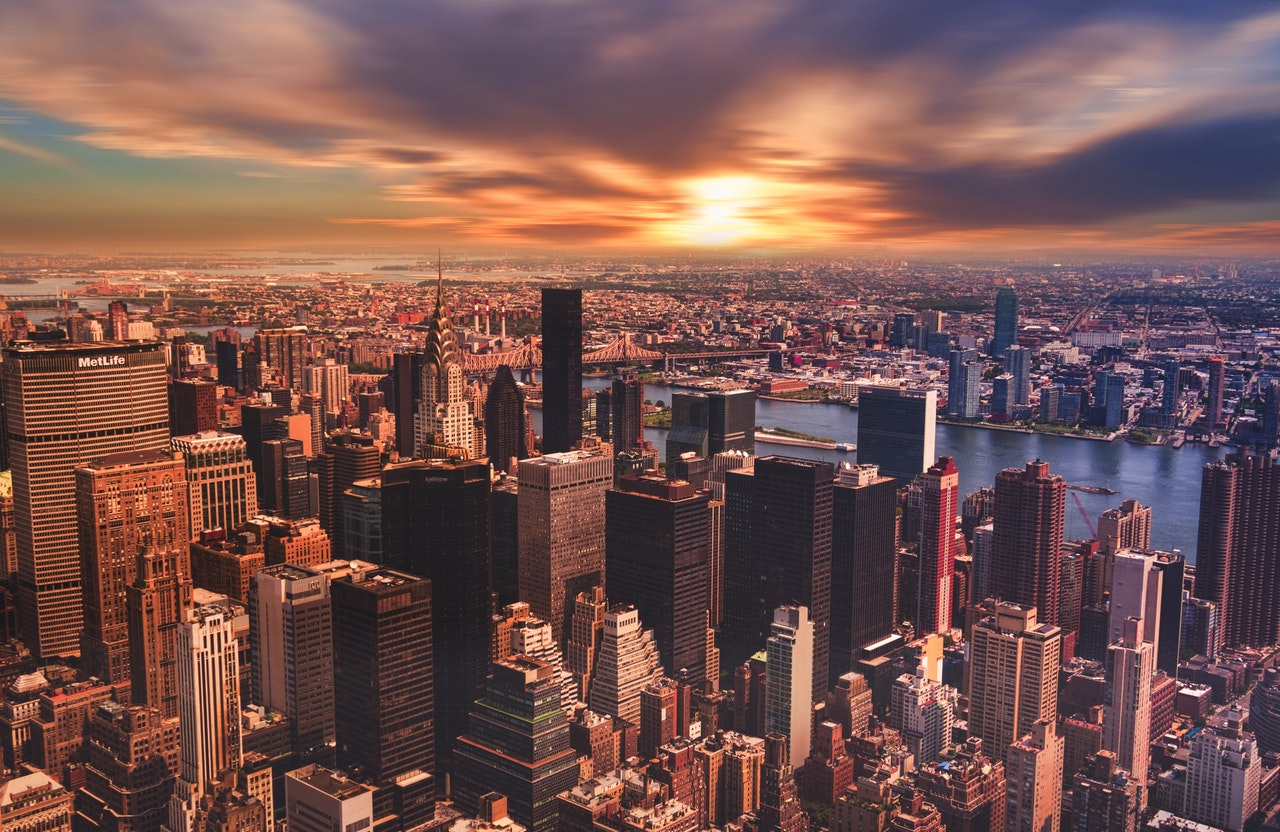The American Institute of Architects’ (AIA) Board of Directors has approved a landmark resolution—championed by AIA members—that defines immediate and long-term efforts to engage the architectural profession in the fight against climate change.
“This is a defining moment for the Institute,” said 2019 AIA President William Bates, FAIA. “We are making this our top priority in order to address the crisis our communities face. Moving the needle on this critical issue—that threatens the future of our planet and humanity—requires our firm commitment to achieving carbon neutral goals in the built environment and our immediate action. It’s imperative that the industry acts today.”
AIA and its members are rallying the profession to do more to fight climate change as buildings are one of the largest contributors to greenhouse gases. Moving forward, AIA will build on its more than 20 years of work supporting the design of sustainable and resilient communities by establishing goals to support mitigation and adaptation using the tenets of the comprehensive and holistic COTE Top Ten framework, now known as the AIA Design Excellence Framework.
Initially, AIA will focus its efforts on designing for energy, economy, and equitable communities. Additionally, the Institute will continue to encourage participation in the AIA’s 2030 Commitment and will work to develop new programs and resources that will support architects in fighting climate change.
The catalyst to the Board’s new landmark initiative was a resolution introduced by architect Betsy del Monte, FAIA, and fifty members of the Institute at AIA’s Conference on Architecture 2019. The resolution calls for revisions to AIA public policies and position statements and advocates that the Institute engage its full membership, clients, lawmakers, and communities in a multi-year education, practice, and advocacy strategy.
Related Stories
Codes and Standards | Feb 12, 2015
ASHRAE, USGBC, IES consider biomass requirements in green building standard
The proposal would add biomass to approved renewables.
Codes and Standards | Feb 12, 2015
New Appraisal Institute form aids in analysis of green commercial building features
The Institute’s Commercial Green and Energy Efficient Addendum offers a communication tool that lenders can use as part of the scope of work.
Office Buildings | Feb 12, 2015
Is Houston headed for an office glut?
More than 13 million sf could be completed this year, adding to this metro’s double-digit vacancy woes.
Modular Building | Feb 12, 2015
New shipping container complex begins construction in Albuquerque
The Green Jeans Farmery already has a hydroponic farm component courtesy of owner and entrepreneur Roy Solomon.
Transit Facilities | Feb 12, 2015
Gensler proposes network of cycle highways in London’s unused underground
Unused tube lines would host pedestrian paths, cycle routes, cultural spaces, and retail outlets.
Healthcare Facilities | Feb 11, 2015
Primer: Using 'parallel estimating' to pinpoint costs on healthcare construction projects
As pressure increases to understand capital cost prior to the first spade touching dirt, more healthcare owners are turning to advanced estimating processes, like parallel estimating, to improve understanding of exposure, writes CBRE Healthcare's Andrew Sumner.
Transportation & Parking Facilities | Feb 11, 2015
11 of the nation’s best ‘Complete Streets’ policies of 2014
Austin, Texas, and Troy, N.Y., are among the cities with the strongest safe streets policies, according to a new report.
Sponsored | Roofing | Feb 11, 2015
New school blends with local architecture using Petersen metal roof
Perkins Eastman in Stamford, Conn., designed the school to emphasize and integrate the International Baccalaureate curriculum throughout.
Mixed-Use | Feb 11, 2015
Developer plans to turn Eero Saarinen's Bell Labs HQ into New Urbanist town center
Designed by Eero Saarinen in the late 1950s, the two-million-sf, steel-and-glass building was one of the best-funded and successful corporate research laboratories in the world.
Architects | Feb 11, 2015
Shortlist for 2015 Mies van der Rohe Award announced
Copenhagen, Berlin, and Rotterdam are the cities where most of the shortlisted works have been built.
















